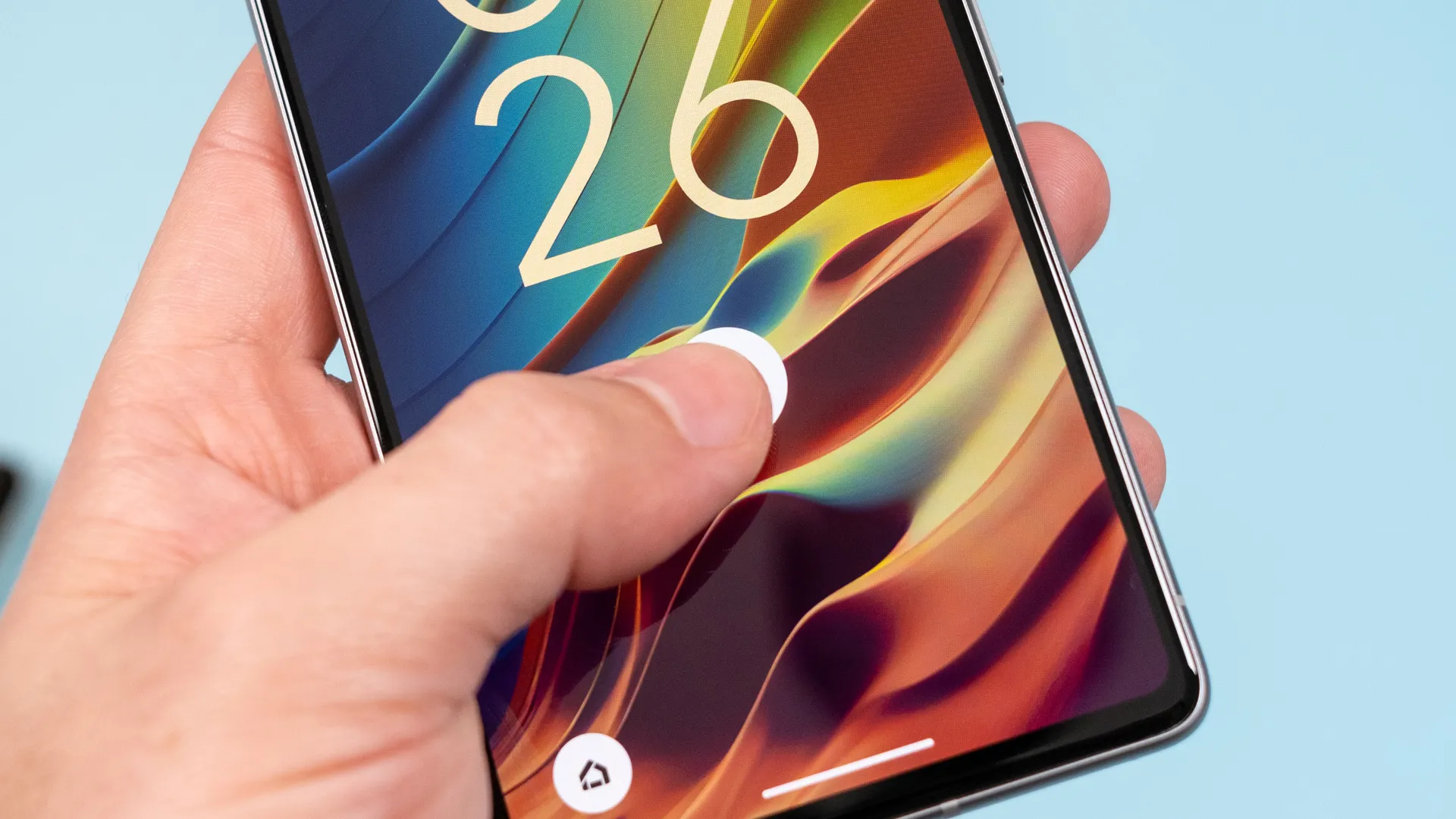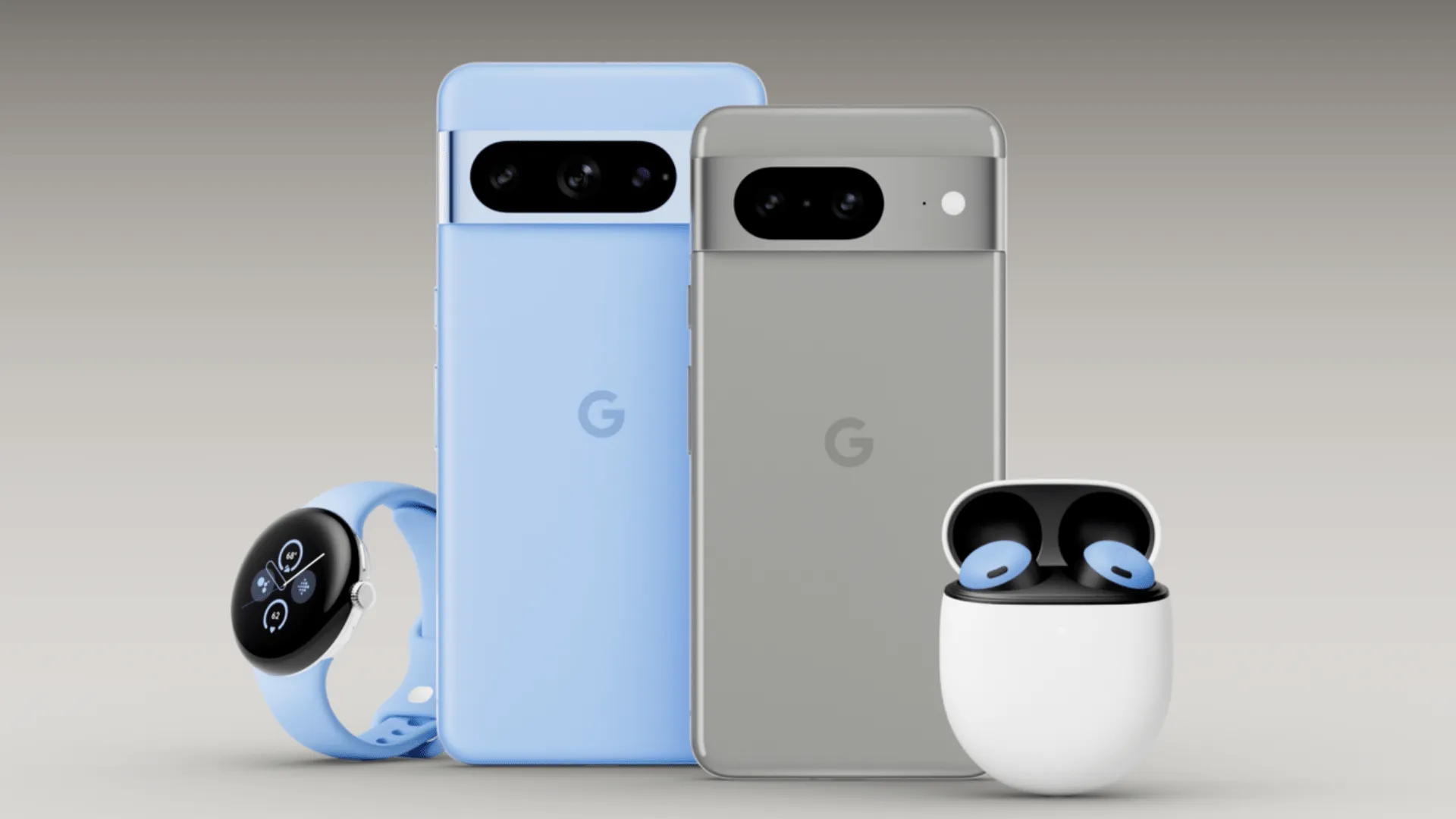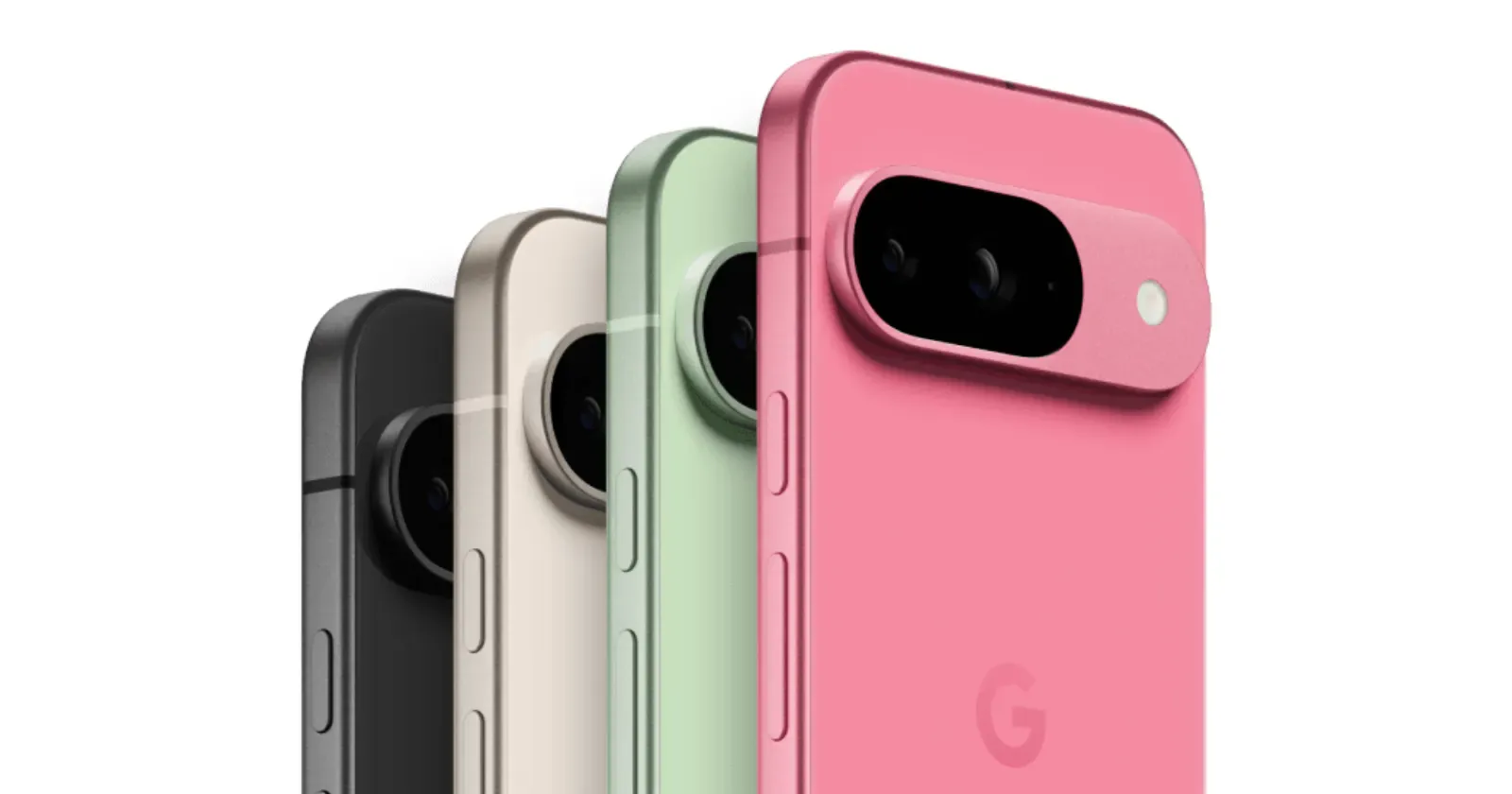In the rapidly evolving realm of mobile technology, security features continue to be a critical selling point for smartphones. Google’s latest update with Android 16 is set to revolutionize how users interact with the new Google Pixel 9 series, thanks to its enhanced fingerprint sensor technology. This innovative feature allows users to unlock their devices without the need to light up the screen—a small but significant tweak that promises to improve user convenience significantly.

Setting Up Your Device for Seamless Access
The Google Pixel 9 series, particularly the striking Pixel 9 Pro in Rose Quartz, has become the focus of attention following the release of Android 16 Developer Preview 2 (DP2). Unlike traditional optical sensors that require illumination, the Pixel 9 utilizes an ultrasonic fingerprint scanner that operates flawlessly in the dark. This advancement not only streamlines access to the device but also prevents the discomfort of bright screens in low-light conditions.
As reported by 9to5Google, the ultrasonic fingerprint sensor’s capabilities were highlighted in the latest developer preview, emphasizing its exclusivity to the Pixel 9 series. Older models like the Pixel 8 Pro may show the setting in search, but unfortunately, they lack the hardware support to activate this feature.

For those eager to experience this feature firsthand, the process involves navigating to Settings > Security & privacy > Device Unlock> Face & Fingerprint Unlock > Fingerprint Unlock. However, it’s important to note that this setting is only available to users participating in the Android 16 DP2. Those on older Pixel devices can opt for the always-on display feature, which keeps optical sensors active without the full display, offering a somewhat comparable convenience.
Beyond the Fingerprint: What Android 16 DP2 Offers
The introduction of the enhanced fingerprint sensor is part of a broader set of updates included in Android 16 DP2. While many of these updates may seem minor, they collectively represent a significant enhancement in the overall functionality and user experience offered by the Android operating system.

This new feature is particularly beneficial for those who prefer not to use the always-on display but still desire quick and easy access to their device. It caters to a growing demand for mobile security solutions that do not compromise on convenience or user comfort, particularly in scenarios where quick access is needed without the harsh glare of a screen.
In conclusion, the Google Pixel 9, with its advanced hardware and the latest software updates from Android 16, is setting a new standard for mobile security and user experience. This move not only underscores Google’s commitment to technological innovation but also ensures that Pixel users have some of the most robust and user-friendly security features at their fingertips.








